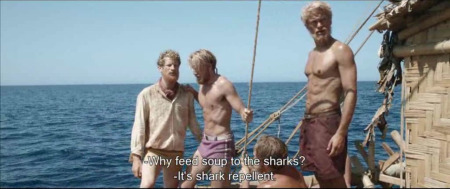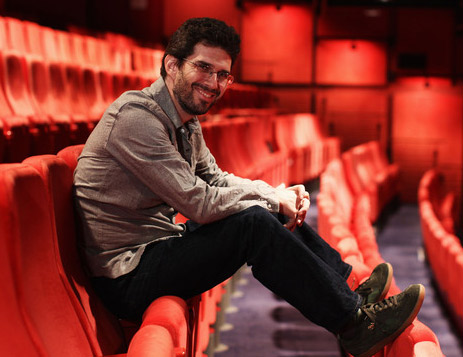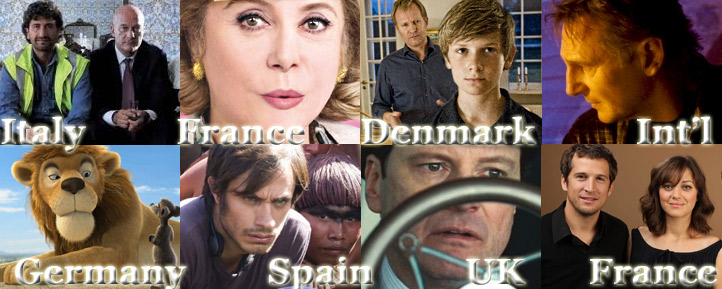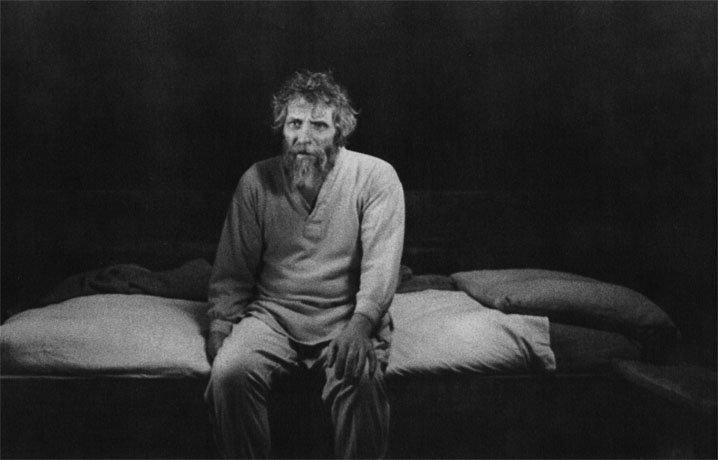Some thoughts on the language barrier
 Thursday, April 25, 2013 at 10:50PM
Thursday, April 25, 2013 at 10:50PM For some people who live in the United States, this weekend will be their first opportunity to see Norway’s 2012 Best Foreign Language Film nominee Kon-Tiki in a movie theater. Sort of. In point of fact, nobody in the United States, not this weekend nor during the film’s limited roll-out, is going to see the film nominated for that Oscar, unless it’s because they’ve imported the unsubtitled DVD from Europe. Because the version of Joachim Rønning and Espen Sandberg’s movie playing in the States is a combination of footage from the “real” version that played in Norway, with dialogue sequences re-shot in English. It is, literally, a different movie, with the exact same plot and shot setups.

(The New York Times had a nifty little demonstration of the two versions a couple of weeks back)
We’re not here to rip apart the Weinstein Company for releasing that version (though seriously, it’s pretty dumb – the audience for Kon-Tiki in English is certainly not significantly larger than the audience for the original version), but to consider the greater questions it raises about watching foreign language movies in the first place. I assume that you, like me, are at least a little bit offended by this bit of Anglophonic pandering, and would all things considered, rather see Kon-Tiki in its original version, and the question I ask both you and myself is: why?








